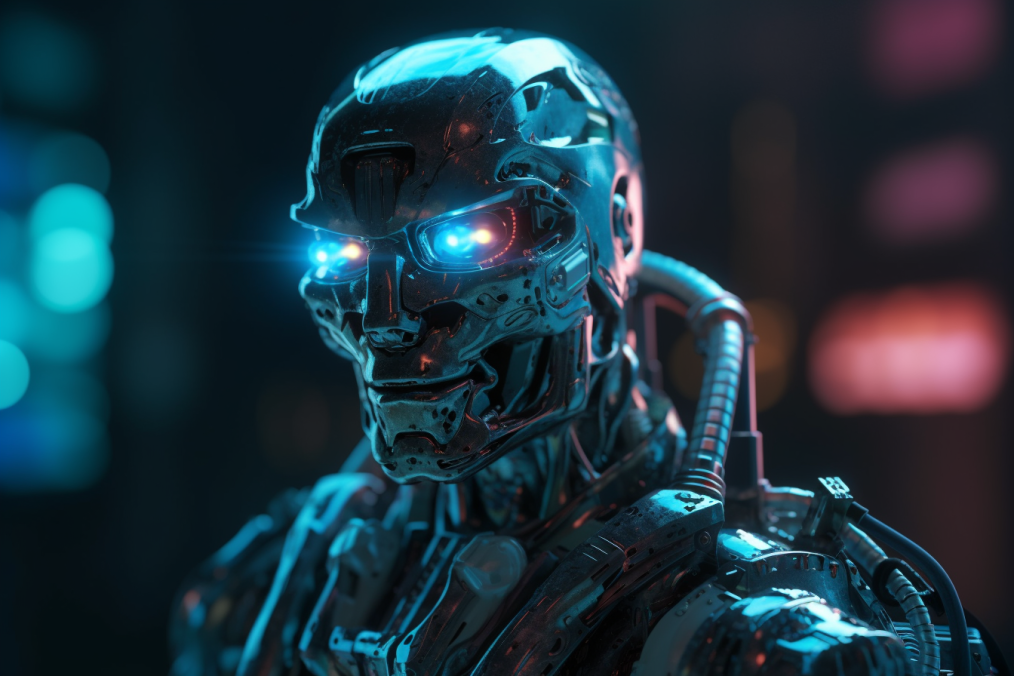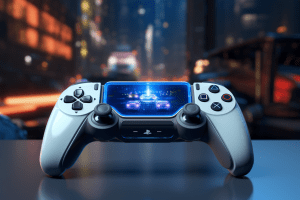Artificial intelligence continues to amaze us with its rapid development and extraordinary capabilities. Every day, we are seeing advancements in AI that are reshaping the way we live and work. One such development is the recent launch of Hugging Face’s 30-billion-parameter AI chatbot called HuggingChat, which aims to compete with OpenAI’s ChatGPT. In this blog post, we’ll take a detailed look at Hugging Face’s latest chatbot and its potential impact on the world of AI.
HuggingChat is an open-source AI chatbot developed by Hugging Face, a New York-based startup that provides an AI-powered chatbot building platform. The chatbot uses a transformer-based natural language processing (NLP) model that is pre-trained on a large corpus of text data, including Wikipedia, Reddit, and Common Crawl. With its large number of parameters, the AI chatbot can generate responses to user queries that are more natural and conversational in tone.
Hugging Face, a leading developer of conversational AI models, has recently launched a new 30-billion-parameter chatbot to compete with OpenAI’s ChatGPT model. With this new AI chatbot, Hugging Face aims to provide users with a more natural and engaging conversational experience. The new model is based on the GPT-3 architecture and uses advanced natural language processing techniques to understand context and generate responses that are human-like in tone and content. This latest release is a testament to Hugging Face’s commitment to continuously improving its AI-powered chatbot platform and providing users with the most advanced and sophisticated conversation technology available.

One of the most significant advantages of HuggingChat is its flexibility. The AI chatbot can be customized to suit a wide range of applications, including customer support, e-commerce, and even personal finance. This makes it possible for businesses and individuals to create unique conversational experiences for their customers, thereby enhancing the customer experience and increasing customer satisfaction.
Hugging Face’s chat bot also comes with pre-built conversational dialogs that can be used as a starting point for building custom chatbots. The GPT-3-powered conversational dialogs cover a wide range of topics, from personal finance and weather to movies and music. This makes it easy for developers and businesses to get started with building custom chatbots without having to put in a lot of effort upfront.
Hugging Face, a leading AI chatbot development company, has recently launched a new product that has the potential to revolutionize the chatbot industry. Their latest offering is an AI chatbot model with an unprecedented 30 billion parameters. This puts them in direct competition with OpenAI’s ChatGPT, but the folks at Hugging Face believe that their product is poised to take the lead. This new chatbot model has been designed to engage in natural language conversations with users, responding to their queries in a way that mimics human interaction. With this new offering, Hugging Face has once again cemented their position as a leader in the field of AI chatbots.
Furthermore, HuggingChat is programmed to understand different accents and dialects, making it easier for people from different parts of the world to communicate with the AI chatbot. This feature is particularly beneficial for businesses that operate locally but have a customer base that speaks different languages and dialects.
Conclusion:
In conclusion, Hugging Face’s launch of HuggingChat is a significant development in the world of AI-powered chatbots. The chatbot’s large number of parameters, flexibility, and pre-built conversational dialogs make it an ideal choice for developers and businesses looking to build custom chatbots that can deliver more natural conversational experiences to their customers. With its ability to understand different accents and dialects, HuggingChat has the potential to revolutionize the way we communicate with AI-powered chatbots. We can’t wait to see what the future holds for chatbots and artificial intelligence as a whole.









